Last updated on May 4th, 2025
Visit Tanzania – Plan Your Trip
Best Time to Visit Tanzania:
The best month to visit Tanzania for a safari is February, because the wildebeest have their young then.
Visit Tanzania – Visa Requirements:
Travelers from some countries will need a visa to visit Tanzania. See the Tanzanian Immigration Services Department web site for details or check your specific country at VisaHQ. For a list of exempt countries, visit Project Visa. Here are the options that were available for my 2011 visit:
- Travelers can get a visa at the airport on upon arrival with US cash. It was very chaotic, because most passengers didn’t get visas in advance. There were only two staff available to process paperwork.
- Obtain a visa from the Tanzanian consulate. You will need to mail in an application, your passport and also a $US money order.
- Obtain a visa by mailing an application and your passport to an agency like IVPSC.com. This is the most expensive option.
Recommended Tanzania Safari Vaccinations:
For Tanzania safari vaccinations, visit a travel clinic. Hep A, Hep B, yellow fever, tetanus, typhoid and malaria are standard protection. Most medications and injections are at the discretion of the traveler. When arriving from a yellow fever zone, you need a yellow fever certificate. Malaria is a risk only in areas with suitable wetland for female anopheles mosquitoes. The Serengeti and other areas outside Arusha are good places to take malaria medication. Malaria does not affect areas of higher elevations, such as Ngorongoro. Review our general Medical Travel Advice too.
Tanzania Currency:
The adjustment to the Tanzanian shilling (TZS) is challenging, since there are thousands of shillings to the US dollar. The Kilimanjaro International Airport (JRO) is a great place to change US$ to shillings, because it’s the starting point for your visit. The piles of cash are so large that it’s difficult to carry and nearly impossible to count.
Learn a Little Swahili when you Visit Tanzania:
It’s worth it to learn a little Swahili for your Tanzania safari. Most people don’t realize the accuracy of the language in Disney’s Lion King movie. “Simba” is Swahili for “lion” and the best place to find a lion pride on the Serengeti is on the rock outcroppings. “Hakuna mutata” means don’t worry, which is a commonly used phrase in Tanzania. The most common expression in Swahili is “jambo”. Jambo is said with enthusiasm. The best translation in English to me is Dude. The appropriate response back is jambo too. Here are a few common translations that will help you show respect for the language:
- Jambo – hello
- Asante – thank you
- Asante sana – thank you very much
- Karibu – you are welcome
- Hakuna matata – don’t worry
- Mzungu – foreigner, person who walks in circles (based on whites who go on safaris)
Visit Tanzania – Background
There are two ways to pronounce the name Tanzania, as it is appropriate to stress different syllables:
– Tan ZAH ni a
– Tan za NI a
The pronunciation that is not appropriate is Tan ZAY ni a. The name came in to effect in 1964 and is a combination of two former countries – Tanganyika and Zanzibar. The population is around 38 million and it is mainly rural. The capital is Dar es Salaam, which has a population of about 3 million. Tanzanians speak the Swahili language, but English is commonly understood. Due to the influence of missionaries, the most common religion on the mainland is Christianity. The British influence in the country is clear. Tanzanians drive on the left hand side of the road and they use the 3 pronged British electrical outlets.

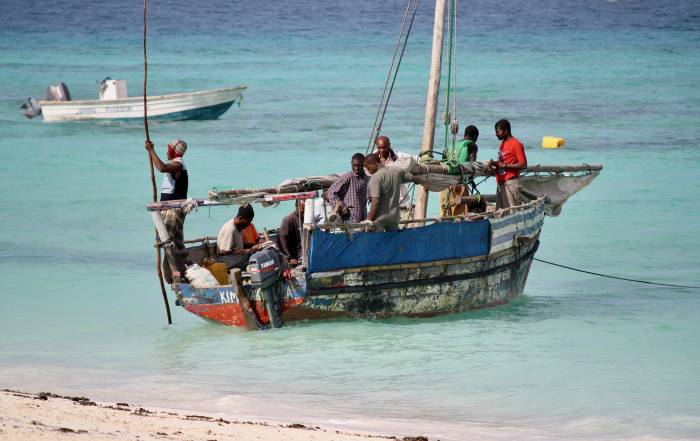
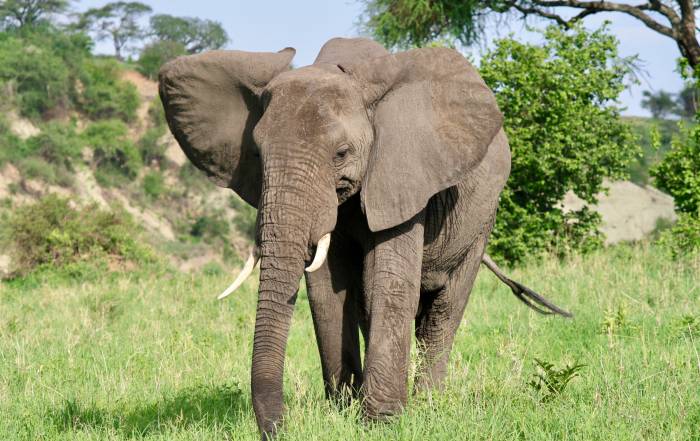
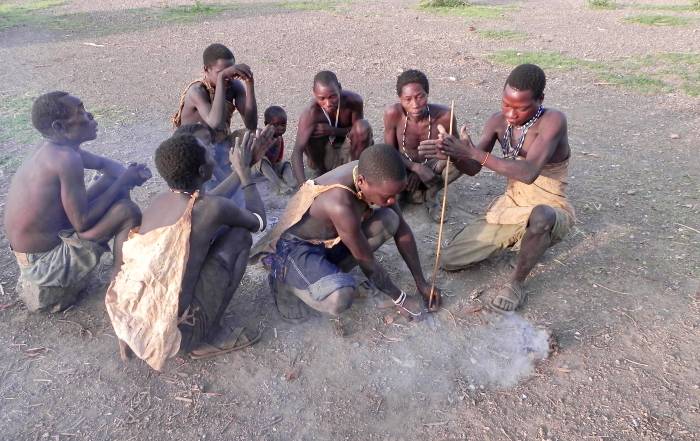
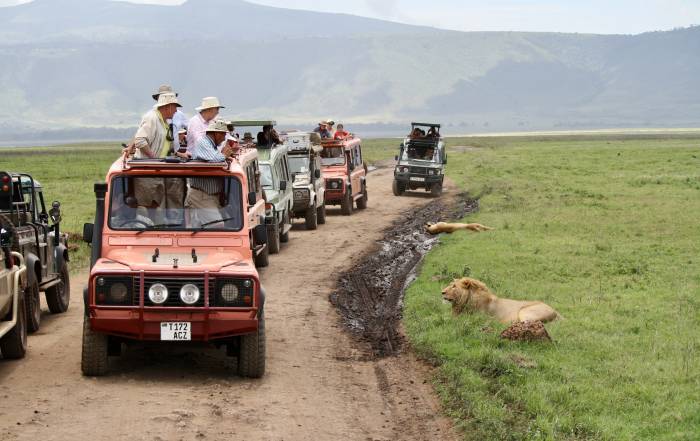
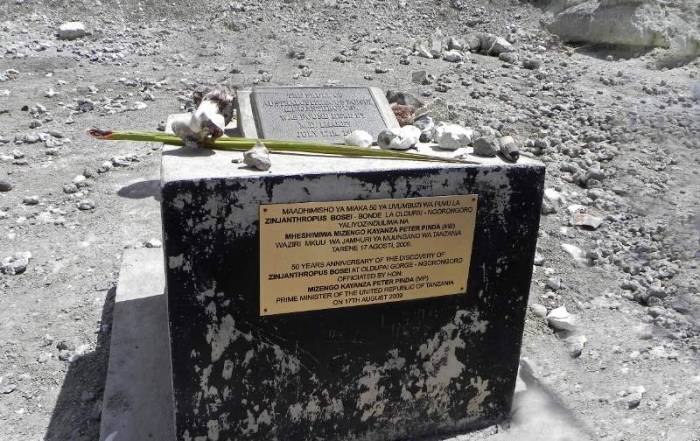
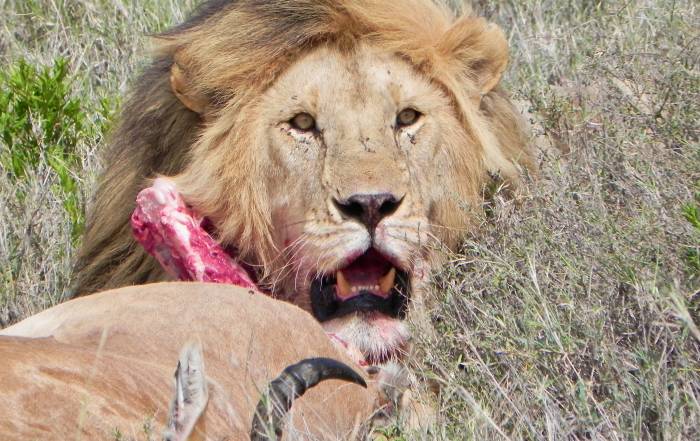
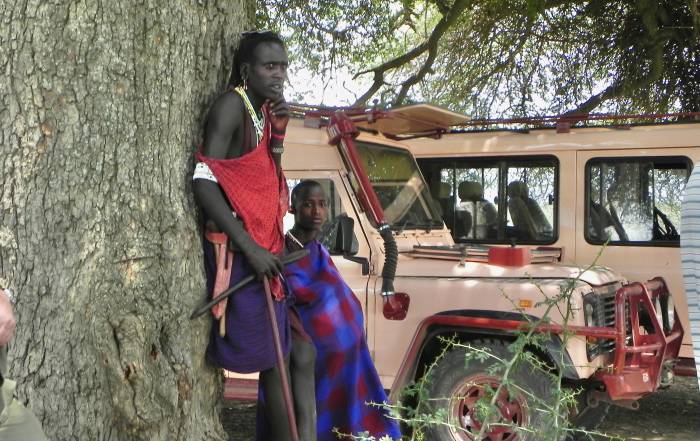
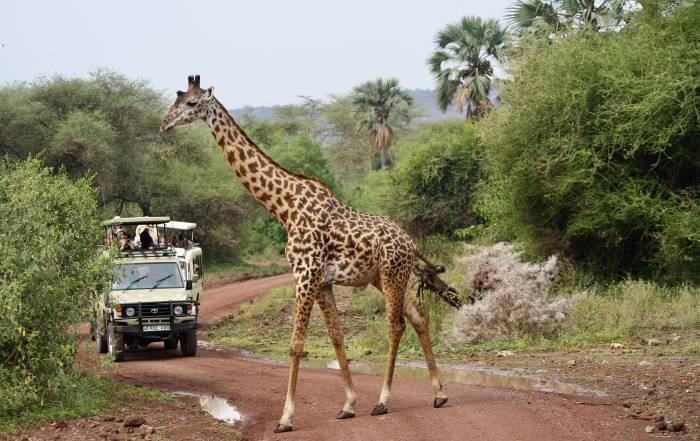
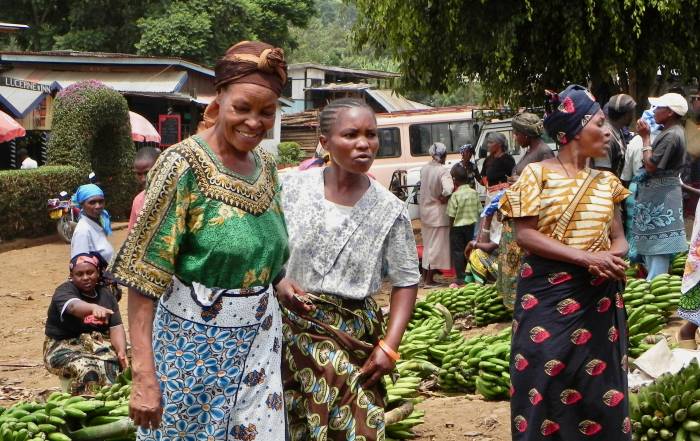
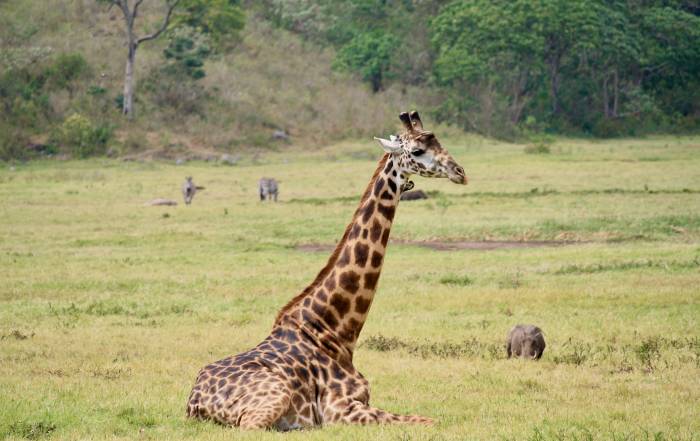
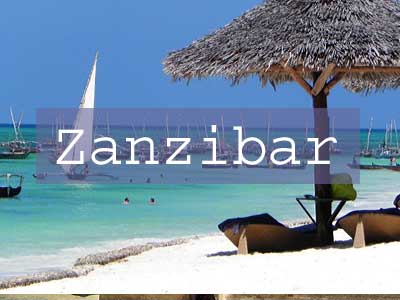
Leave A Comment